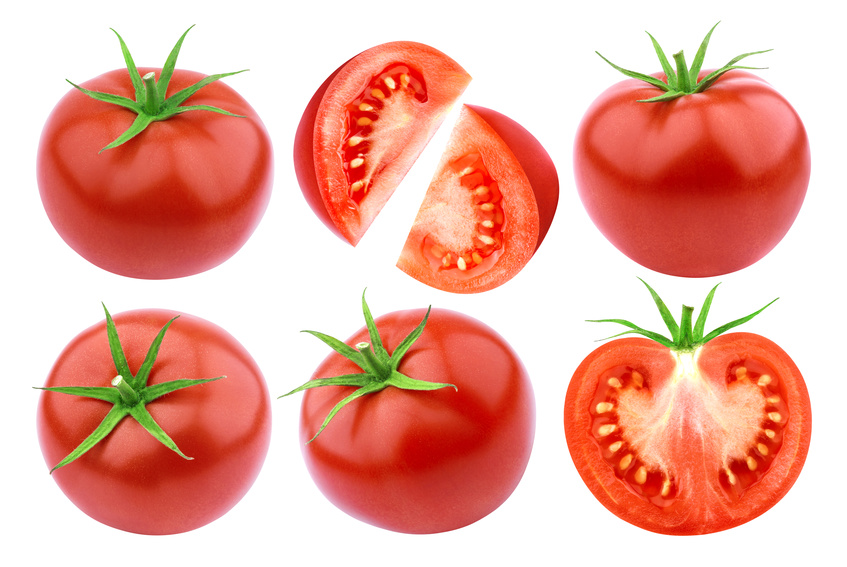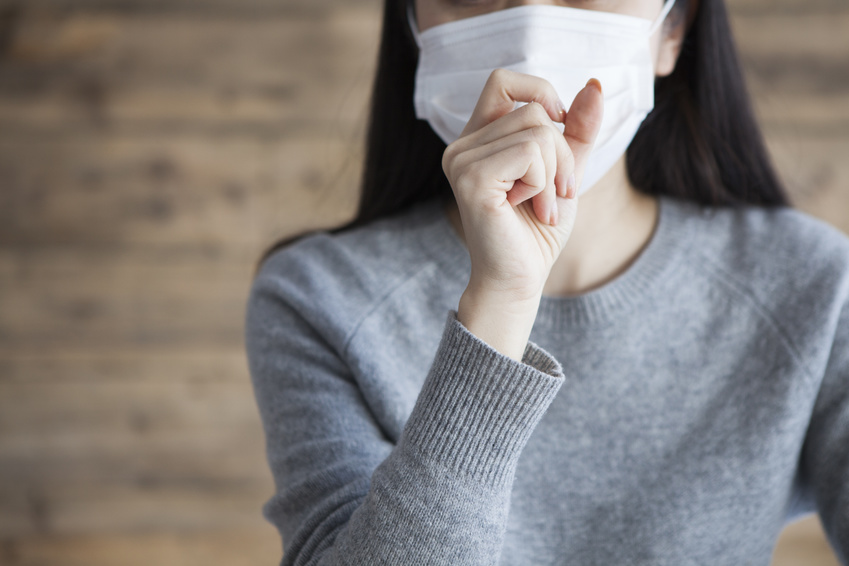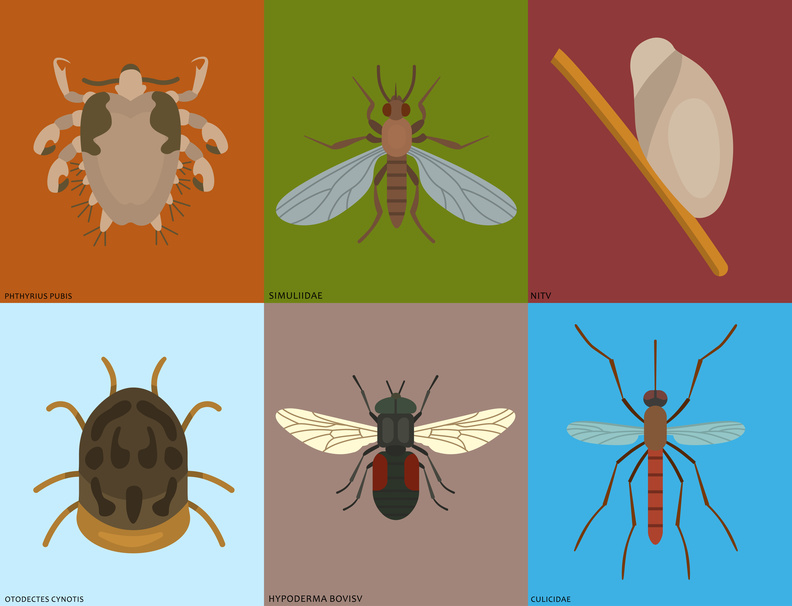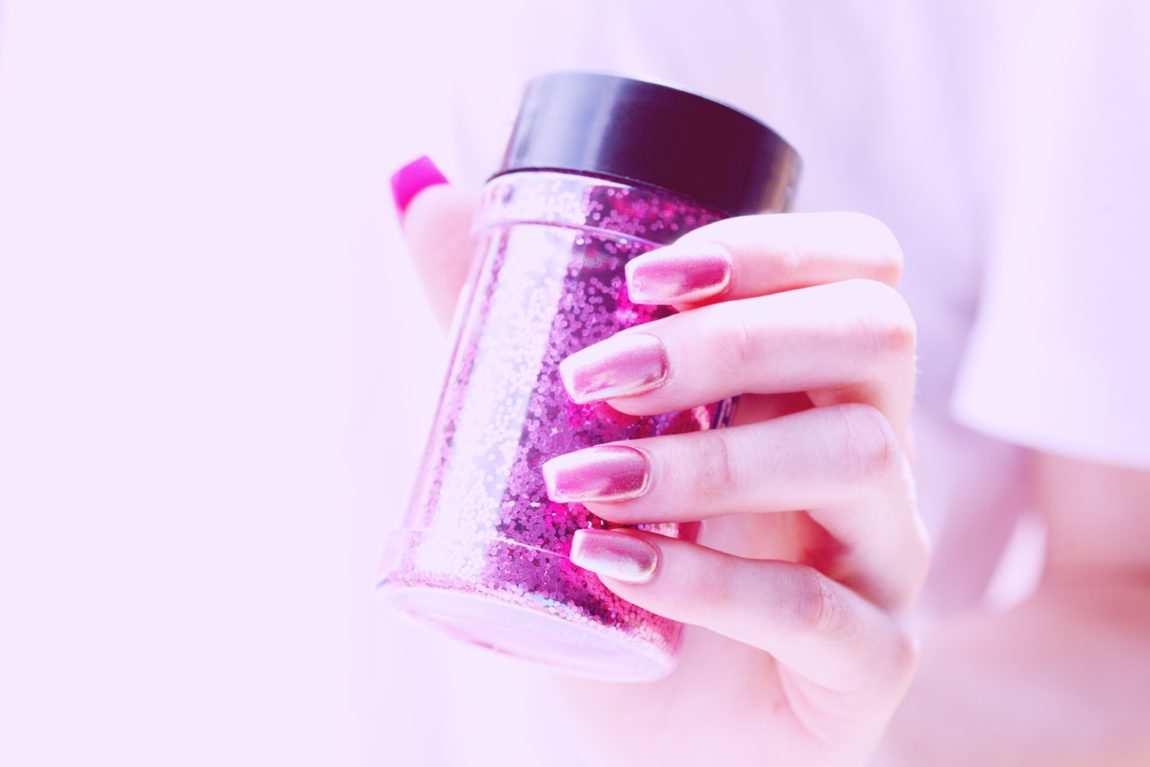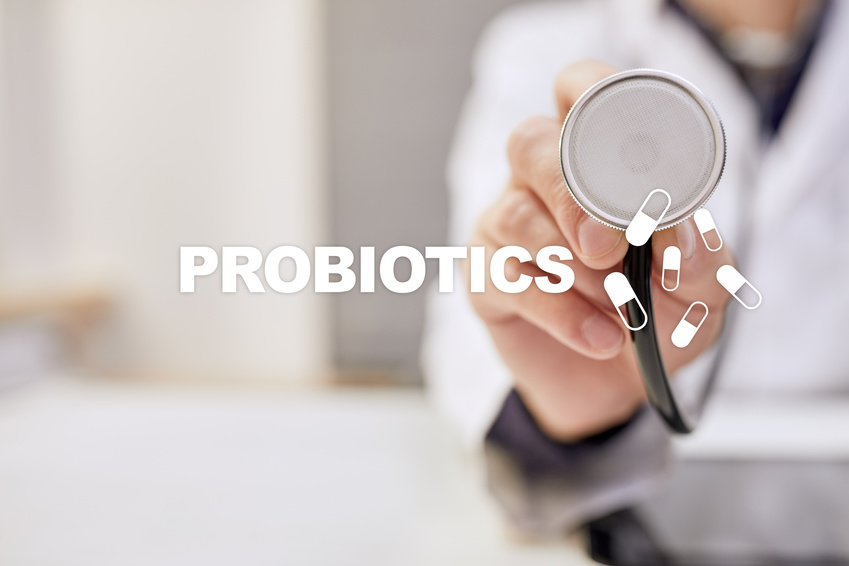Welcome to the Healing Histamine Blog
Histamine & Methylation
The term methylation has been forefront in the nutrition and functional medicine arenas in the last few years. Methylation is not only an important…
Getting Protein on a Low Histamine Diet
Getting enough protein can be challenging in general, but even more so when you’re dealing with histamine intolerance. After all, we’ve got to be…
Light Intermittent Fasting Benefits for Histamine Intolerance
Warmer weather in the summer often makes us think about eating a little lighter, perhaps incorporating some juicing, doing some detox protocols, and even…
Getting The Family on Board With Healthy Eating
It’s one thing for us histamine warriors to overcome barriers and make the decision to pursue healthy eating. Our symptoms of histamine intolerance definitely…
10 Signs You Have Histamine Intolerance
Do you have a really odd mix of symptoms? Wondering whether you might have histamine intolerance or a mast cell disorder? While it’s certainly…
Allergies, Menopause, & Histamine
Many women go their entire lives without seasonal allergies and then all of a sudden develop them during menopause. What gives? It turns out,…
Heat is a Histamine Trigger, Stay Cool
Whether you’re in the midst of the summer season, living closer to the Equator, or traveling to warm tropical places, you may notice that…
Low Histamine Refreshing Sugar Free & Anti-inflammatory Cooling Beverages
The heat of summer calls for a refreshing drink in hand. When dealing with histamine issues, the heat can completely zap us. At that…
Best Outdoor Finger Foods
There’s nothing like light-hearted summer get-togethers in the backyard or out on the deck fueled by delightful and delicious finger foods. For the histamine…
Best Histamine Intolerance BBQ Foods
Summertime is BBQ time. There’s nothing like the smell of hot food fresh from the grill and an al fresco meal with friends or…
The Hay Fever-Histamine Connection
Hay Fever, otherwise known as allergic rhinitis (nasal allergies), or what most people refer to simply as “allergies” has an association with histamine intolerance…
Histamine & The Pool or Beach
When it’s hot and sticky in the summertime, there’s nothing like a dip in the pool or a trip to the beach to cool…
This Parasite Triggers Histamine Intolerance
Could parasites be causing or contributing to your chronically high histamine levels? We know that imbalances in the gut microbiome can cause histamine problems,…
6 Summer Histamine Challenges and Solutions
Summertime is a wonderful time of being outside, taking in the sunshine, mowing the lawn, and enjoying cookouts with friends and family. However, for…
Boost Good Gut Bacteria Without Supplements
Most of us know that our gut plays an important role in our immune response. The levels of different species and strains of bacteria…
Exercising with Histamine Intolerance
We all know exercise is recommended for a healthy body in the long run. However, with histamine intolerance, you’re probably finding that exercise can…
Toxic Nail Polishes Trigger Histamine So Try These Instead
Summer is that time of year when everyone in the northern states and countries breaks out the flip-flops and sandals after a long winter…
5 Great Salads For Histamine Intolerance
Summer is here, gardens are flourishing, and it’s the perfect time to enjoy a wide variety of salads. With the right energy-dense, low histamine…
5 Ways to Make Your Doctor Listen to You (About Histamine Intolerance)
While histamine intolerance is starting to be recognized within the realm of natural, naturopathic, and functional medicine, most mainstream medical doctors have never heard…
Best Probiotics for Histamine Intolerance
Probiotics can be a touchy subject when it comes to histamine intolerance and mast cell disorders. After all, bacteria are the problem, right? Well,…





